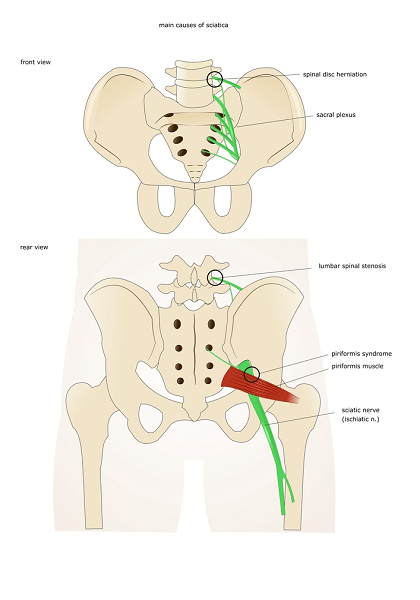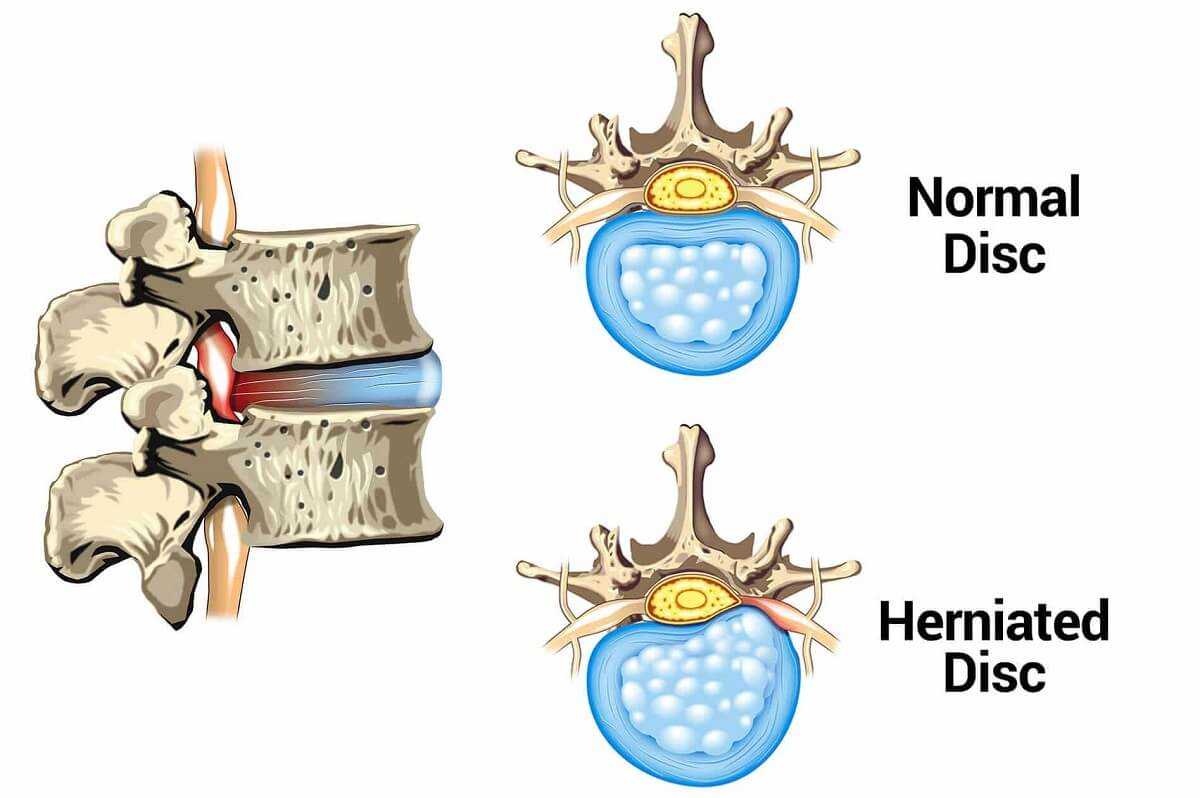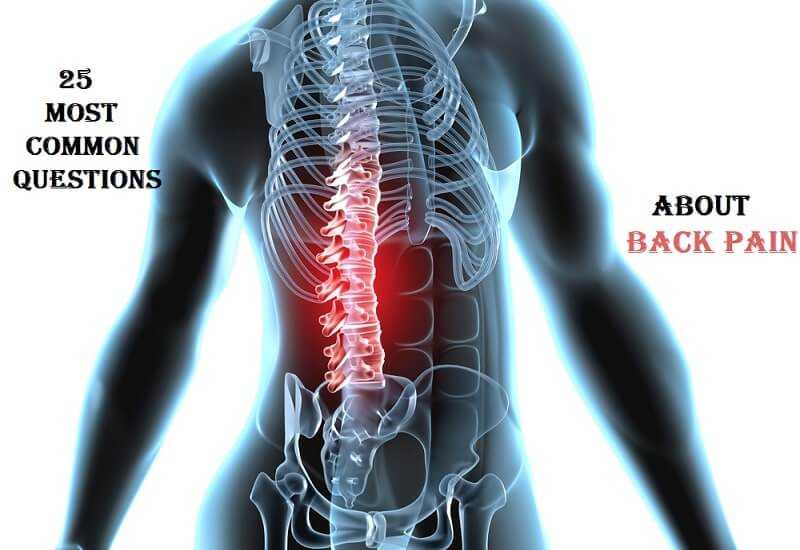Lumbar Herniated Disc – A More in Depth Look
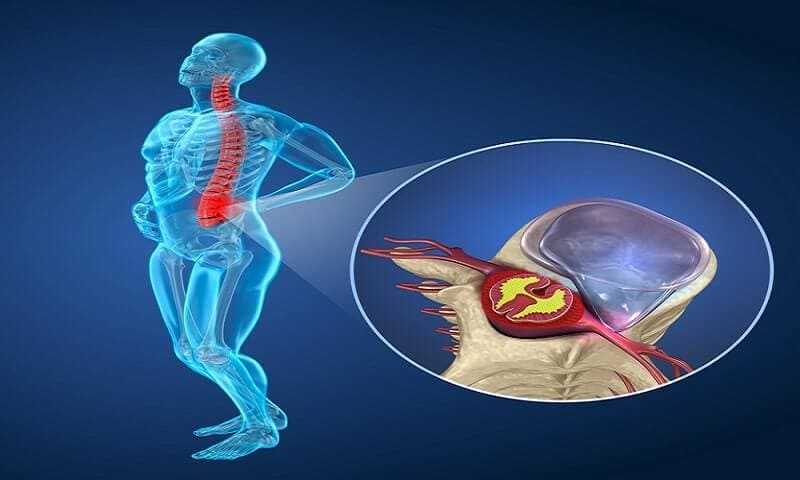
The lumbar section of the back is where the majority of herniated discs will occur. The lumbar segments of the back are located in the lower back. A lumbar herniated disc occurs when the inner gel-like material leaks out of the outer core. A herniated disc in the lumbar section of the spine can put pressure on the spinal nerve root. This will cause sciatica, which is pain that can shoot down the leg.
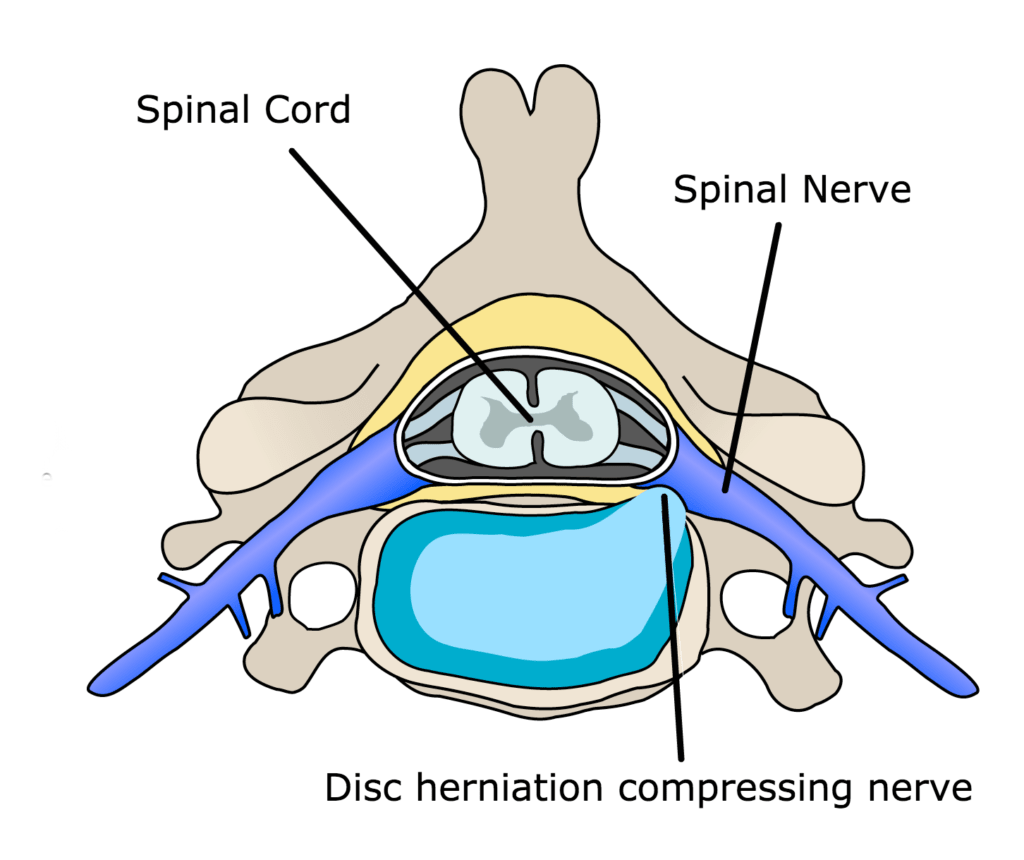
Nearly 90% of herniated disc in the lumbar area will occur at the bottom of the spine. The spine is described in segments. Most herniated discs occur in lumbar segments 4 and 5 (L4-L5), which will cause pain in the L5 nerve, or lumbar segment 5 and sacral segment 1 (L5-S1), which will cause pain in the S1 nerve. Symptoms will depend on where the herniated disc is located within the Lumbar segments.
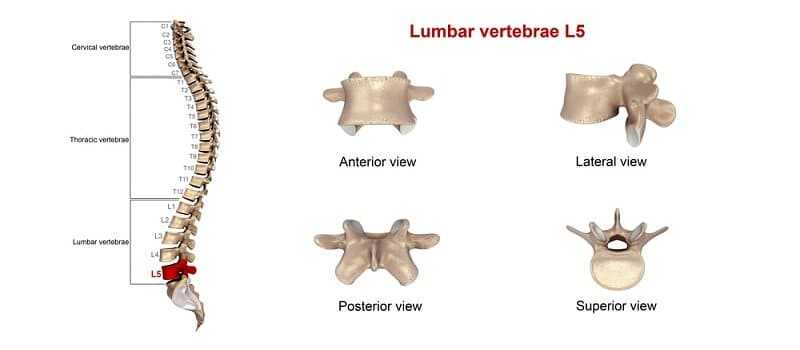
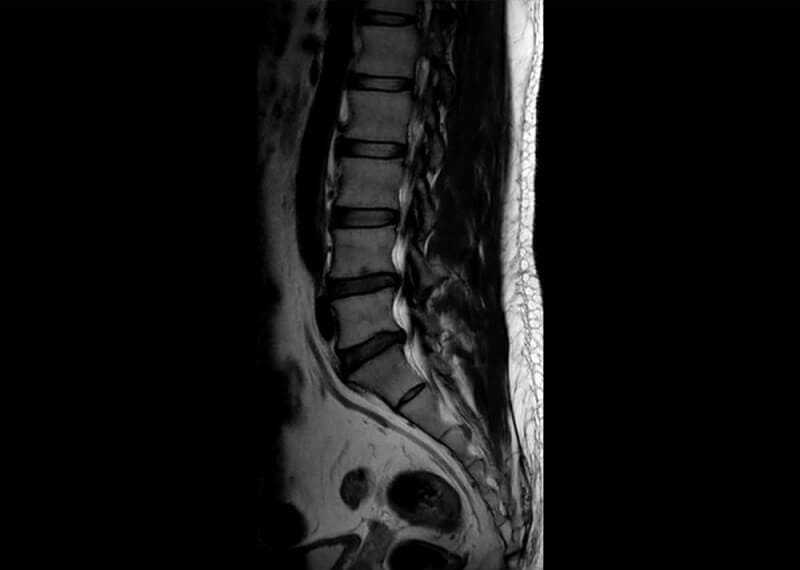
Symptoms for L5 Nerve Impingement
A herniated disc at this location can cause weakness when extending the big toe. This weakness can run up into the ankle. The top of the foot can experience numbness and pain. Radiating pain can shoot up into the buttocks.
Symptoms for S1 Nerve Impingement
A herniated disc at this location can cause loss of ankle reflex. It can also cause weakness in an ankle push off. The patient is not able to do toe rises. Pain and numbness can radiate down the leg to the sole of the foot or outside of the foot (Sciatica).
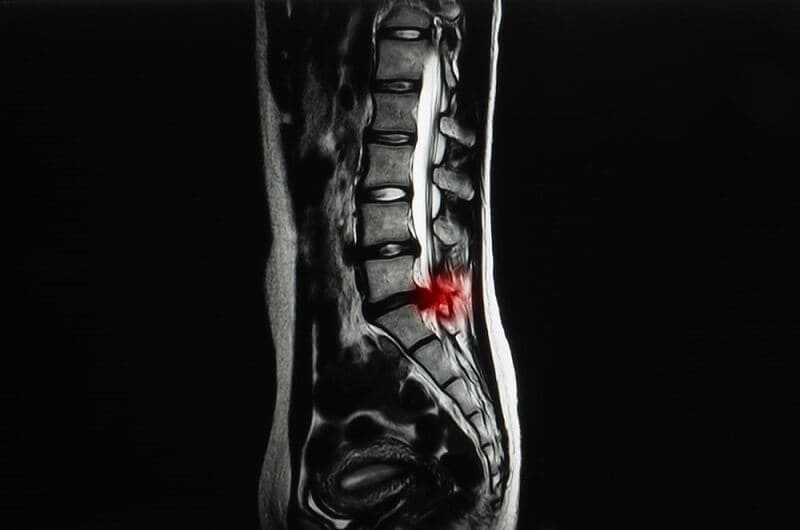
Sciatica and the Herniated Disc
It is important to understand that sciatica is a symptom, not a diagnosis. Sciatica is a symptom of a herniated disc that has put pressure on the radiuclar nerve in the lower back. The clinical diagnosis for a herniated disc protrusion that causes the sciatic symptom is called “radiculopathy”. When pressure is put on this nerve from a herniated disc, leg pain can occur along with tingling, numbness, or weakness that will begin in the lower back and travel through the buttocks and down the large sciatic nerve in the back of the leg.
The symptom sciatica can be very painful and even debilitating. However, while it can be extremely painful, it is not commonly known to cause permanent sciatic nerve damage. Because the spinal cord is not located in the lower spine, a herniated disc in this area will not generally pose a paralysis threat.
Cauda Equina Syndrome
The conus medullaris is formed just below the spinal cord and near the first lumbar vertebra. Just below the conus medullaris is a bundle of nerve roots called the cauda equina. Cauda Equina Syndrome is a rare condition that can be caused by compression or inflammation of the nerve roots.
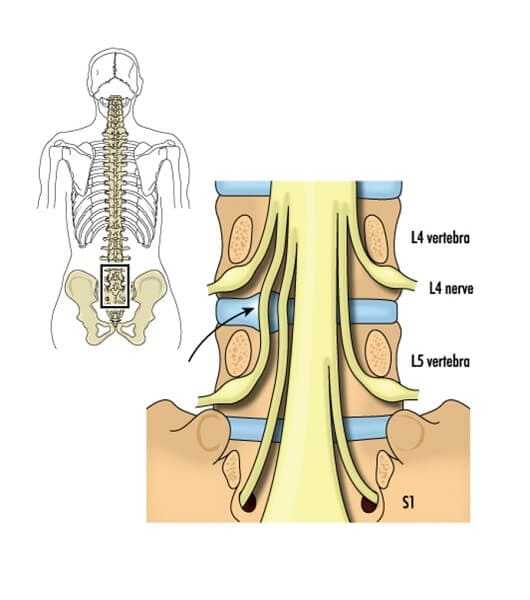
There are two sciatica symptoms to watch for in order to determine if the Cauda Equina Syndrome is present. It is important to seek emergency medical care in the event that the weakness in the leg becomes progressive and if bladder or bowel incontinence or dysfunction occurs.
Symptoms of the lumbar herniated disc can possibly be relieved within 4 to 6 weeks with nonsurgical treatments. If after this time there is still pain, surgical options may be discussed.

